Aquarium 80 Litres. When establishing an aquarium 80 litres, several factors contribute to the initial setup cost. This aquarium is best for both beginners and professional aquarist and easy to maintain and handle.
The primary expense is the aquarium tank itself, which can vary in price depending on the brand, material, and additional features such as built-in filtration systems or LED lighting.
Contents
On average, a basic 80-litre aquarium costs between $50 and $150, while a high-end option with advanced features can exceed $200.
Additionally, a sturdy stand or cabinet is required to support the aquarium’s weight, adding $50 to $100 to the initial cost.
Beyond the tank and stand, a quality filtration system is essential for maintaining a healthy aquatic environment.
The cost of a filtration system ranges from $20 to $100 or more, depending on its type and size.
Other initial expenses include a heater to regulate water temperature, a thermometer to monitor temperature, and a lighting system to support plant growth if live plants are included in the aquarium.
These initial costs can accumulate rapidly, making the setup of an 80-litre aquarium a substantial investment.
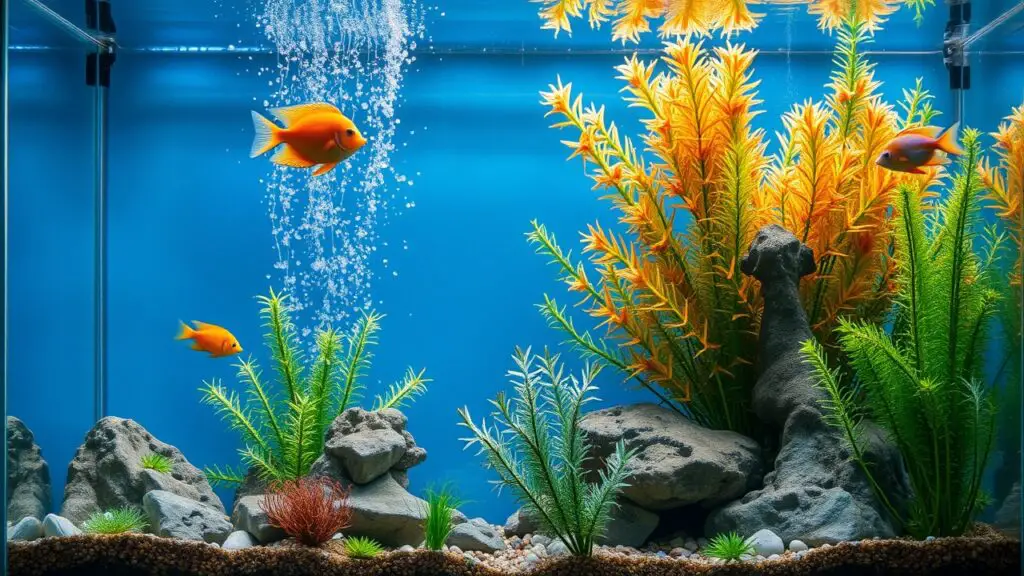
Ongoing Maintenance Expenses
Electricity Costs
In addition to the initial setup costs, it’s essential to consider the ongoing maintenance expenses associated with an 80 litre aquarium.
One of the most significant ongoing expenses is the cost of electricity to power the filtration system, heater, and lighting.
Depending on the efficiency of your equipment and the local cost of electricity, this can add up to a significant monthly expense.
Water Treatment and Conditioner
Additionally, you will need to budget for the cost of water conditioner and other water treatment products to maintain optimal water quality for your fish and plants.
These products can range in price depending on the brand and size, but on average, you can expect to spend around $10 to $20 per month on water treatment products.
Fish Food and Supplements
Another ongoing expense to consider is the cost of fish food and supplements.
The type and quantity of food your fish require will depend on their species and individual dietary needs, but on average, you can expect to spend around $20 to $30 per month on fish food.
If you have live plants in your aquarium, you will also need to budget for plant fertilizers and supplements to support their growth and health.
Long-term Budgeting
These ongoing maintenance expenses can add up over time, making it important to budget accordingly for the long-term care of your 80 litre aquarium.
Equipment and Supplies Needed
Setting up an 80 litre aquarium requires a variety of equipment and supplies to create a healthy and thriving aquatic environment.
In addition to the tank itself, you will need a sturdy stand or cabinet to support the weight of the aquarium.
You will also need a quality filtration system to keep the water clean and free of debris, as well as a heater to maintain a stable water temperature.
A thermometer is essential for monitoring the temperature of the water, while a lighting system is necessary to support plant growth if you plan on having live plants in your aquarium.
In addition to these essential pieces of equipment, you will also need a variety of supplies to maintain your aquarium.
Water conditioner is essential for removing harmful chemicals from tap water and making it safe for your fish and plants.
You will also need fish food and supplements to provide your fish with the nutrients they need to thrive, as well as plant fertilizers and supplements if you have live plants in your aquarium.
Other supplies to consider include a gravel vacuum for cleaning the substrate, algae scrubbers for maintaining clean glass and decorations, and test kits for monitoring water quality parameters such as pH, ammonia, nitrite, and nitrate levels.
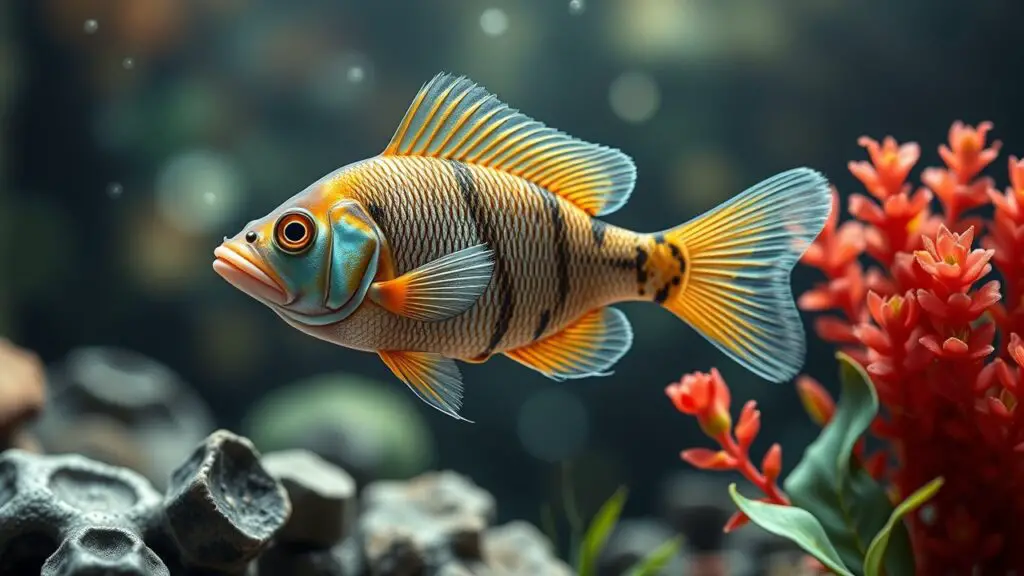
Water Quality and Filtration Systems
Maintaining optimal water quality is essential for the health and well-being of your fish and plants in an 80 litre aquarium.
A quality filtration system is essential for removing debris and waste from the water, as well as providing a surface for beneficial bacteria to colonize and break down harmful substances such as ammonia and nitrite.
There are several types of filtration systems available for aquariums, including hang-on-back filters, canister filters, internal filters, and sponge filters.
Each type of filter has its own advantages and disadvantages, so it’s important to choose a system that is appropriate for the size and stocking level of your aquarium.
In addition to a filtration system, regular water changes are essential for maintaining optimal water quality in an 80 litre aquarium.
Depending on the stocking level of your aquarium and the type of fish you have, you may need to perform weekly or bi-weekly water changes to remove accumulated waste and replenish essential minerals and nutrients.
It’s also important to use a quality water conditioner to remove harmful chemicals such as chlorine and chloramine from tap water before adding it to your aquarium.
Monitoring water quality parameters such as pH, ammonia, nitrite, and nitrate levels is also essential for ensuring a healthy aquatic environment for your fish and plants.
Cleaning and Care Tips
Proper cleaning and care are essential for maintaining a healthy and thriving 80 litre aquarium.
Regular maintenance tasks such as cleaning the glass, substrate, decorations, and filter media are essential for removing debris and waste from the water.
Using a gravel vacuum is an effective way to remove accumulated waste from the substrate without disturbing your fish or plants.
Algae scrubbers can be used to remove unsightly algae from the glass and decorations, while filter media should be rinsed or replaced regularly to maintain optimal filtration efficiency.
In addition to regular cleaning tasks, it’s important to monitor water quality parameters such as pH, ammonia, nitrite, and nitrate levels on a regular basis.
Testing your aquarium water with a quality test kit is essential for identifying any potential issues before they become a problem for your fish and plants.
Maintaining stable water temperature is also important for the health of your aquarium inhabitants, so it’s important to monitor the temperature regularly with a reliable thermometer.
By staying on top of regular cleaning and care tasks, you can ensure a healthy and thriving aquatic environment for your 80 litre aquarium.
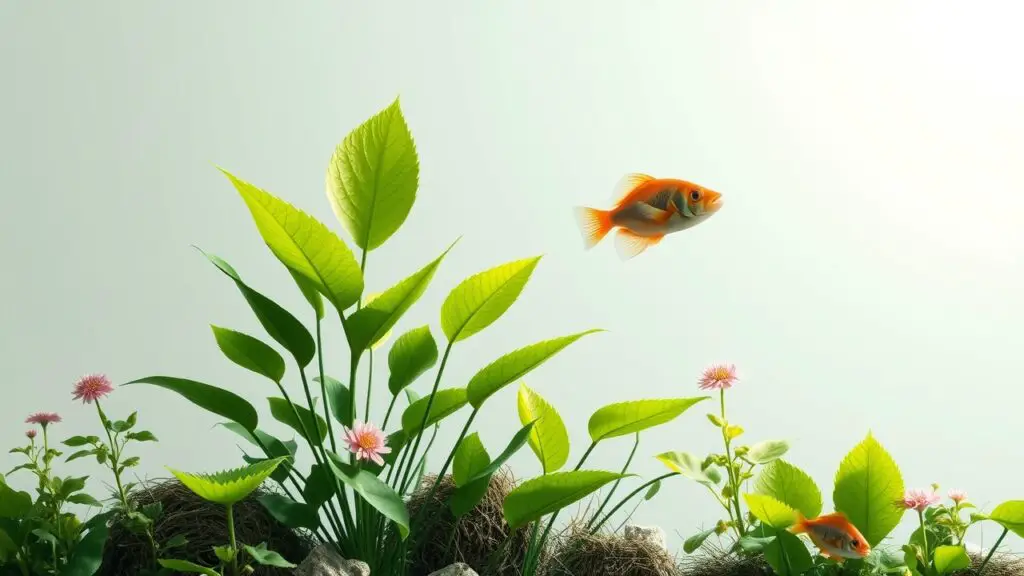
Cost of Fish and Plant Life
Fish Costs
Some species of fish are more expensive than others due to their rarity or specific care requirements.
On average, you can expect to spend anywhere from $50 to $200 or more on fish for an 80-litre aquarium, depending on the species and quantity you choose.
Plant Costs
Live plants can also add to the initial cost of stocking your aquarium, with prices ranging from $20 to $100 or more depending on the type and quantity of plants you choose.
Ongoing Expenses
In addition to the initial cost of stocking your aquarium with fish and plant life, it’s important to consider ongoing expenses such as fish food and supplements.
The type and quantity of food your fish require will depend on their species and individual dietary needs, but on average, you can expect to spend around $20 to $30 per month on fish food.
If you have live plants in your aquarium, you will also need to budget for plant fertilizers and supplements to support their growth and health.
By carefully considering the cost of stocking your aquarium with fish and plant life, you can ensure that you stay within your budget while creating a beautiful and thriving aquatic environment.
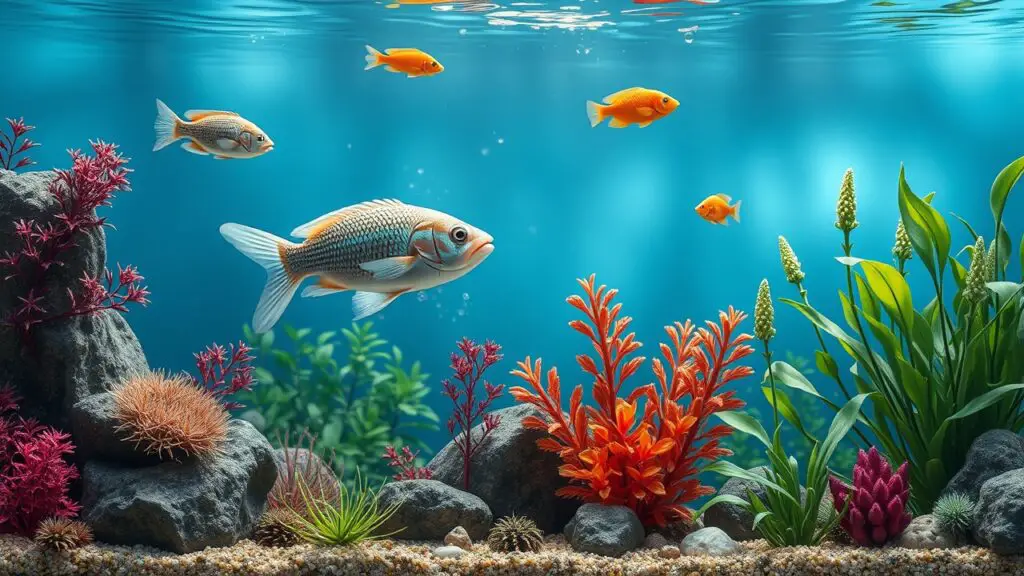
Long-Term Investment and Benefits
While setting up an 80 litre aquarium can be a significant initial investment, it also offers long-term benefits that make it a worthwhile investment for many hobbyists.
A well-maintained aquarium can provide years of enjoyment and relaxation as you observe your fish swimming gracefully through their underwater world.
The presence of live plants can also add beauty and natural filtration benefits to your aquarium, creating a more naturalistic environment for your fish.
In addition to the aesthetic benefits of an 80 litre aquarium, studies have shown that watching fish swim in an aquarium can have positive effects on mental health by reducing stress and anxiety levels.
The calming effects of watching fish swim in an aquarium can provide a welcome escape from the stresses of daily life, making it a valuable investment in your overall well-being.
By carefully considering the long-term benefits of owning an 80 litre aquarium, you can make an informed decision about whether it’s the right choice for you.
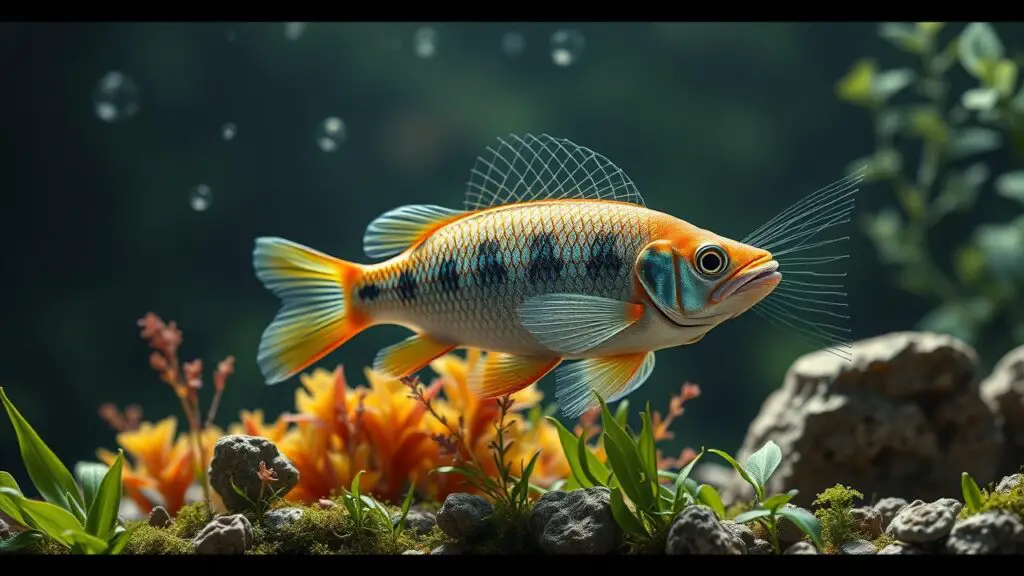
Conclusion
In conclusion, setting up an 80 litre aquarium involves significant initial costs for equipment, supplies, fish, and plant life.
Ongoing maintenance expenses such as electricity, water treatment products, fish food, and supplements should also be considered when budgeting for an 80 litre aquarium.
However, despite these costs, an 80 litre aquarium offers long-term benefits such as relaxation, mental health benefits, and the opportunity to create a beautiful underwater world in your own home.
When considering the cost of an 80 litre aquarium, there are several factors to take into account.
Firstly, you will need to purchase the aquarium itself. The cost of an 80 litre aquarium can vary depending on the brand and quality, but you can expect to pay anywhere from $50 to $200 or more.
It’s important to choose a sturdy and well-made aquarium to ensure the safety and longevity of your fish.
Next, you will need to consider the cost of equipment such as a filter, heater, and lighting. These are essential for maintaining a healthy environment for your fish.
The cost of these items can vary depending on the brand and features, but you can expect to pay around $50 to $100 for each piece of equipment.
In addition to the initial setup costs, there are also ongoing costs associated with maintaining an 80 litre aquarium.
One of the main ongoing costs is the cost of electricity to run the equipment. The filter, heater, and lighting will all require electricity, so it’s important to factor this into your budget.
Another ongoing cost is the cost of fish food. The type and quantity of food will depend on the species of fish you choose to keep in your aquarium.
It’s important to provide a balanced diet for your fish, which may include pellets, flakes, frozen or live food.
The cost of fish food can vary depending on the brand and type, but you can expect to pay around $10 to $20 per month.
You will also need to consider the cost of water conditioner and other water treatments. These are necessary for maintaining water quality and ensuring the health of your fish.
The cost of these products can vary depending on the brand and size, but you can expect to pay around $10 to $20 per month.
Lastly, it’s important to consider any potential maintenance costs associated with an 80 litre aquarium.
This may include regular water changes, cleaning the tank and equipment, and replacing any worn or damaged parts.
The frequency and cost of maintenance will depend on the specific needs of your aquarium and the species of fish you choose to keep.
Overall, while an 80 litre aquarium can provide a beautiful and rewarding hobby, it’s important to carefully consider the costs associated with it.
By factoring in the initial setup costs, ongoing expenses, and potential maintenance costs, you can make an informed decision about whether an 80 litre aquarium is the right choice for you.
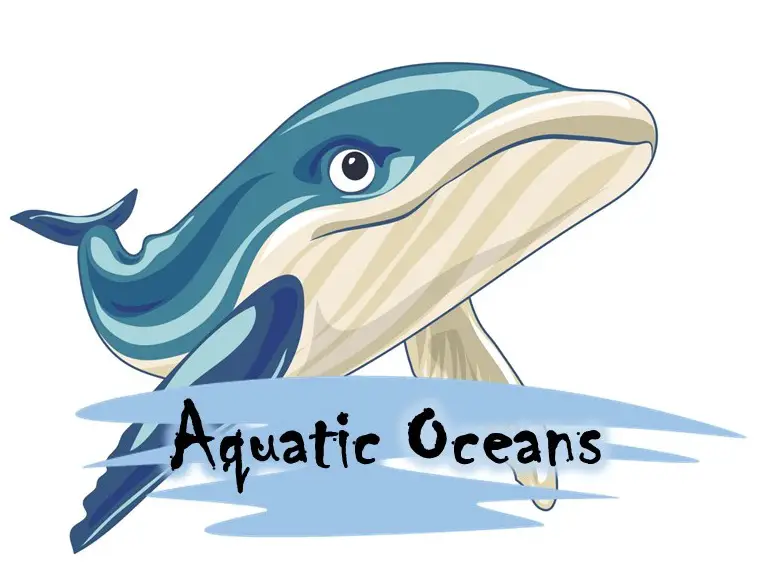
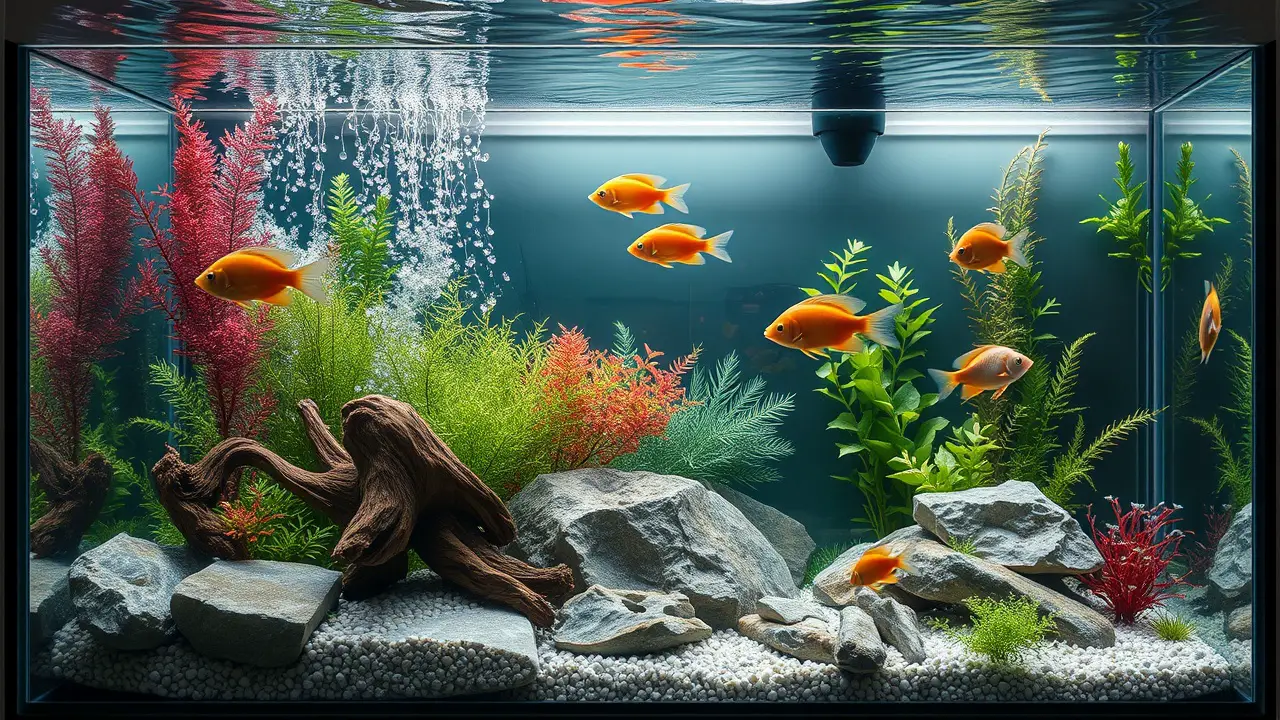
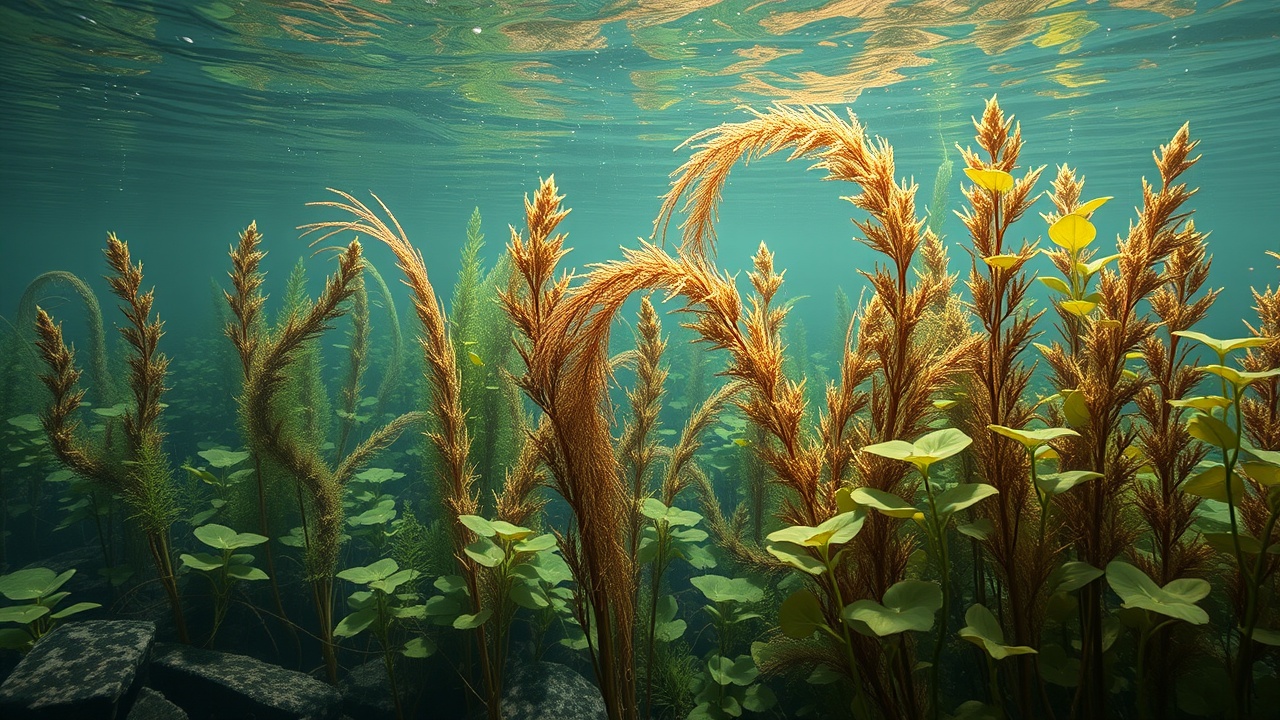
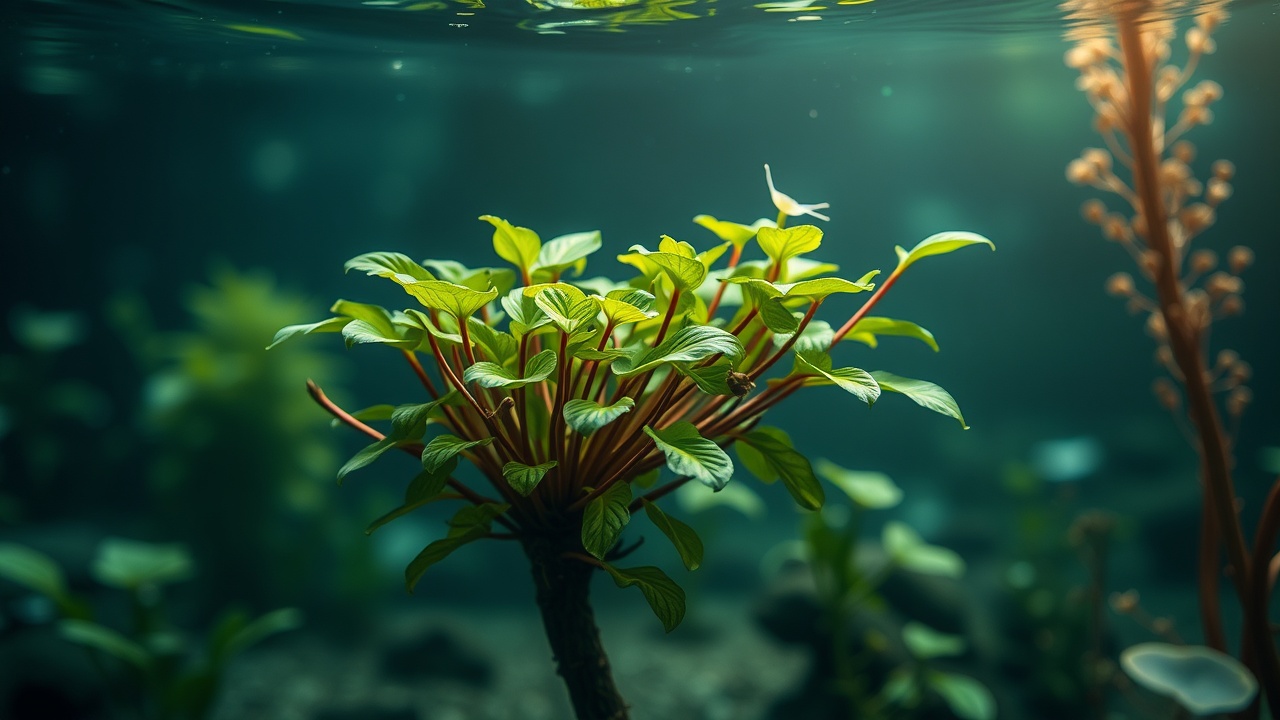
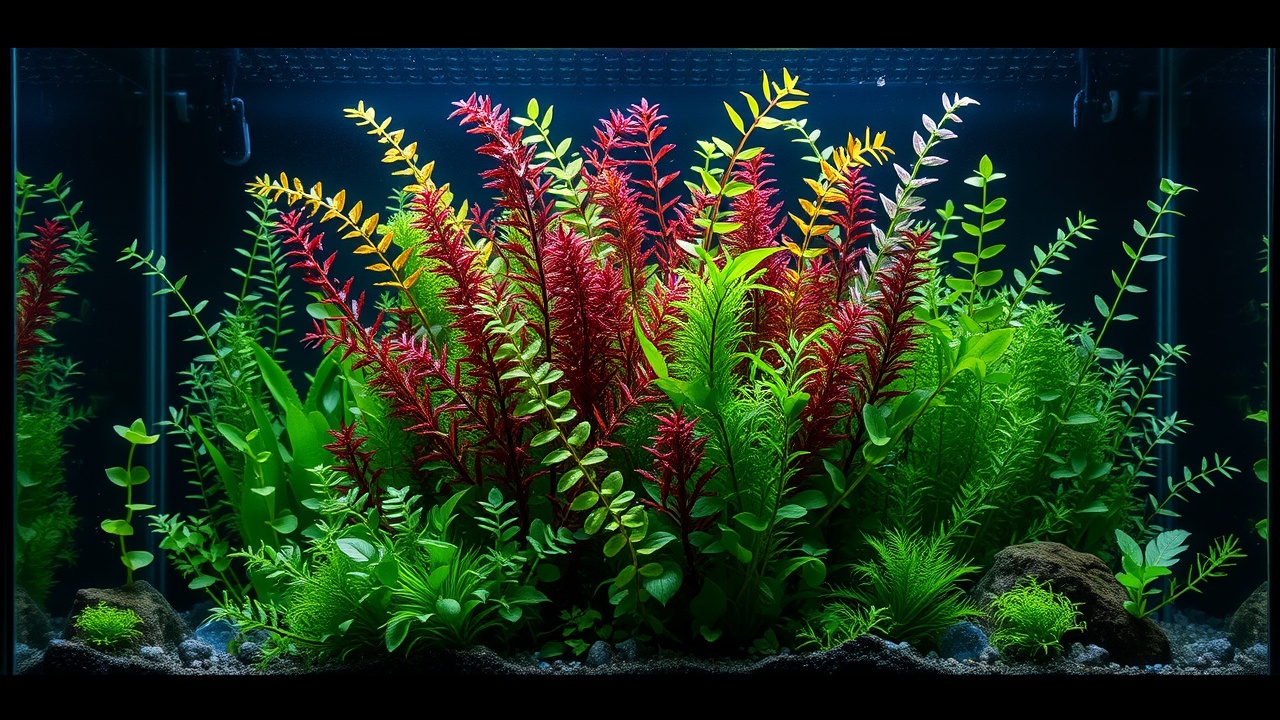
Leave a Reply